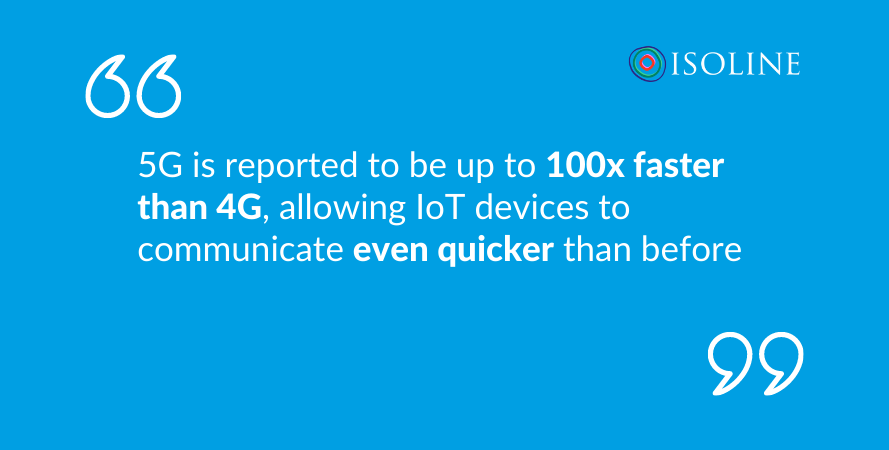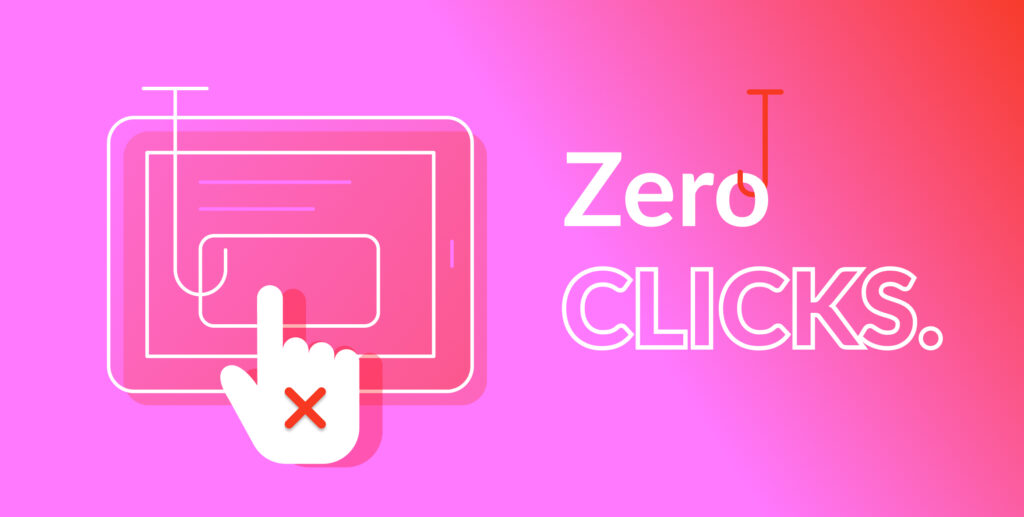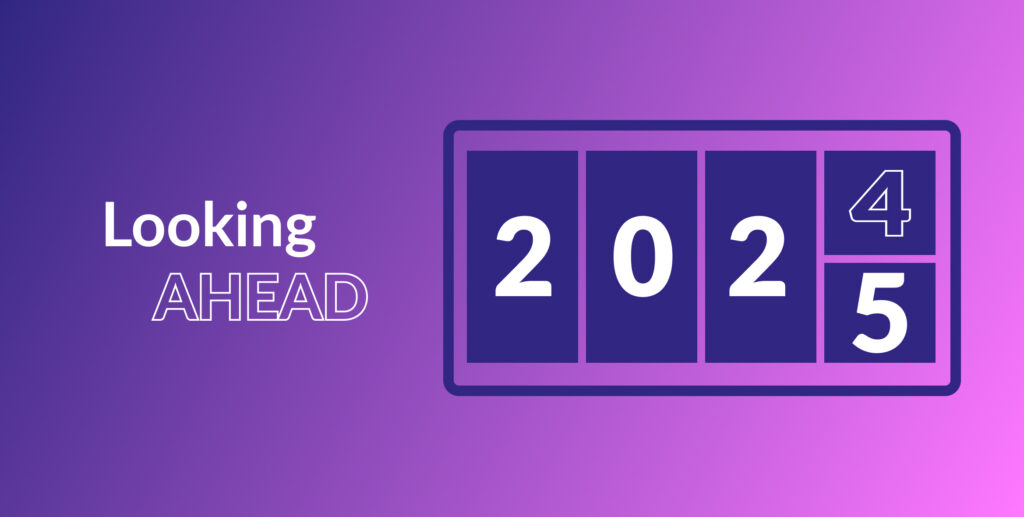Sourcing the right stats to use in your content marketing efforts can be difficult and time-consuming. But it’s critical to the success of your campaigns.
Without external data to back up your arguments, there’s a risk your messages won’t land right, or that your content will be dismissed as being overly promotional. rather than as thought leadership that moves the industry conversation forward.
Whether it’s a data campaign we’ve run for a client to source unique insights, or a content journalism-led approach to a whitepaper that leans heavily on existing research, we crunch our way through a lot of data points every day.
So, to take advantage of our existing research, and to help save you time, here are 30 of our favourite telecoms sector stats, broken down by subtopic.
Cloud comms
- There are 5.2 billion unique mobile phone users in the world (Source: GSMA Intelligence)
- 68% of UCaaS buyers say that all-inclusive capabilities are crucial to their purchasing decisions (Source: UCtoday)
- Nearly 70% of IT decision-makers have endorsed and utilised SIP trunking within their organisation and approximately 73% of businesses claimed to be very satisfied or extremely satisfied with the audio quality of calls connected by SIP providers (Source: Transnexus)
- By 2022, Cisco says that PCs will only be responsible for 19% of IP traffic. Smartphones will account for 44% (Source: UCtoday)
- 85% of the world’s leading companies feel APIs that extend business communications for both employees and customers are crucial to business growth (Source: Apigee)
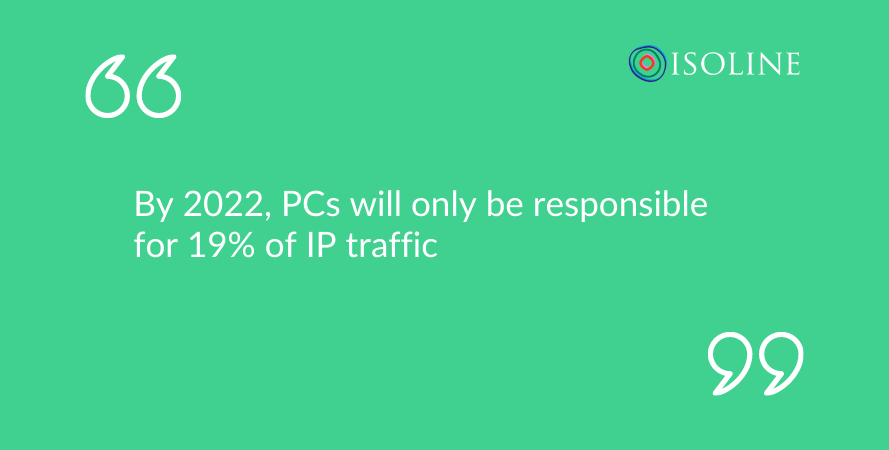
AI and Machine Learning
- 76% of organisations say they now prioritise AI and Machine Learning over other IT initiatives (Source: Algothirma)
- Using AI improves business productivity by 54% (Source: G2)
- Demand for data scientists and data engineers tripled over the past five years, rising 231% (Source: Burning glass)
- There has been a 14X increase in the number of active AI startups since 2000 (Source: Forbes)
- By 2030, China will be the biggest AI market, accounting for 26% of the global AI market share (Source: PwC)
Telecoms fraud
- The top 5 fraud types accounted for 54% of all fraud losses (Source: CFCA)
- $5.04 billion – International Revenue Share Fraud (IRSF)
- $3.28 billion – Arbitrage
- $2.71 billion – Interconnect Bypass (e.g. SIM Box)
- $2.27 billion – Domestic Premium Rate Service (In Country)
- $2.00 billion – Traffic Pumping (includes: Domestic Revenue Share, TFTP)
- According to the Washington Post, the number of robocalls in America reached the 26.3 billion mark in 2018, and these robocalls are estimated to account for 50% of all calls received in 2019 (Source: Washington post)
- Telecoms fraud is up since the start of COVID-19, with phishing and scam fraud increasing by 59% (Source: Interpol)
- According to the Global CFCA Telecom Fraud, subscription or identity fraud represents 35% to 40% of all fraud undergone by the telecoms industry (Source: Thalesgroup)
- In 2019, there were no fewer than 364,643 fraud cases recorded of which identity fraud accounting for the largest number of cases recorded by Cifas members at 61% (Source: FSMatters)
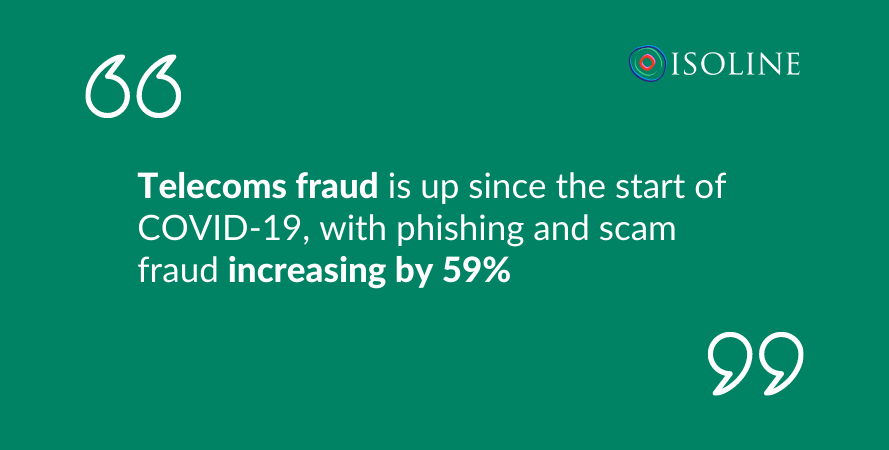
Security
- 79% of companies have experienced at least one cloud data breach in the past 18 months (Source: Emertic)
- 57% of IoT devices are vulnerable to medium or high severity attacks (Source: Paloalto networks)
- 51% of threats for healthcare organisations involve imaging devices (Source: Paloalto networks)
- More than three-quarters (76%) of IT professionals see unsanctioned apps as a security risk (Source: Bettercloud)
- 47% of home routing systems can be bypassed as well as 21% of signalling traffic filtering and blocking systems (Source: Positive technologies)
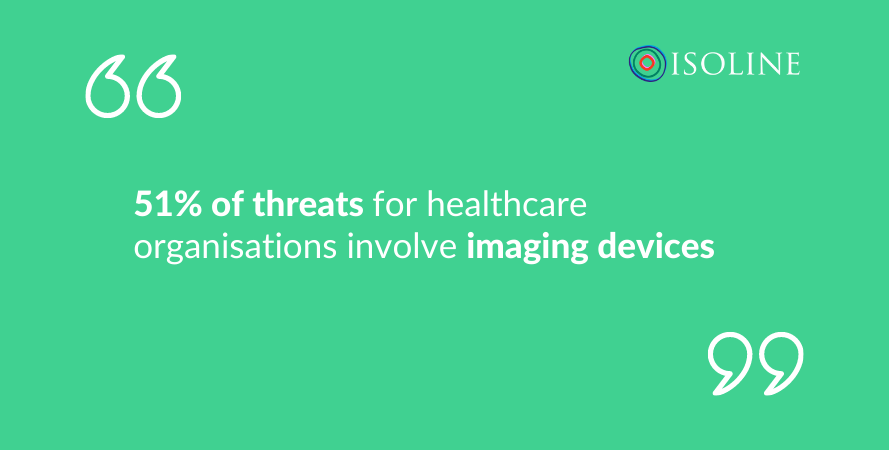
IoT
- 98% of all IoT device traffic is unencrypted (Source: Paloalto networks)
- At the end of 2020, there were some 1.7 billion cellular IoT connections: this is forecast to reach over 5.7 billion by the end of 2025 (Source: Kaleido intelligence)
- 83% of organisations have improved their efficiency by introducing IoT technology (Source: DataProt)
- By 2022, we expect that 100 percent of the population will have low-power, wide-area networks (LPWAN) coverage. The increased technological sophistication of lidar, is contributing to the development of fully autonomous cars, which could constitute 25 percent of all vehicle purchases by 2035 (Source: McKinsey)
- The amount of data generated by IoT devices is expected to reach 73.1 zettabytes (ZB) by 2025 (Source: IDC)
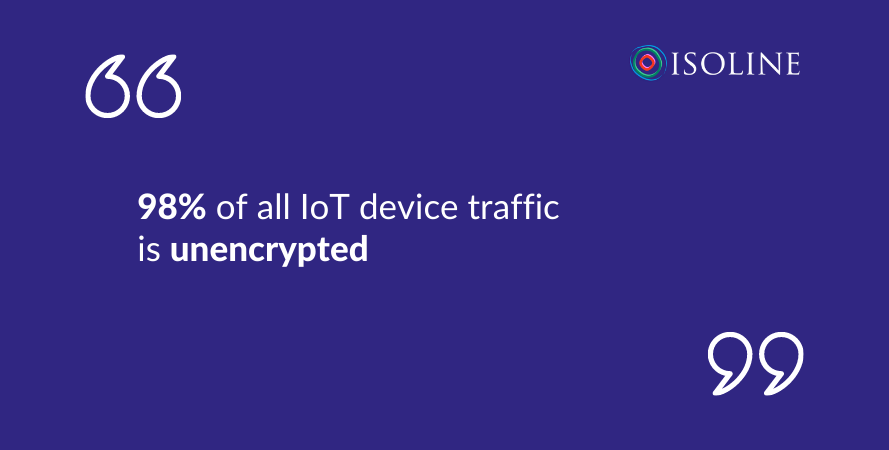
5G
- 5G mobile subscriptions are expected to exceed half a billion by the end of 2021 (Source: Computerweekly)
- 5G is reported to be up to 100x faster than 4G, allowing IoT devices to communicate even quicker than before (Source: Thalesgroup)
- South Korea is the leading country for 5G coverage, with 59% of Korean cell phones running on the standard by 2025 (Source: Statista)
- 60% of industrial 5G early adopters are already realising improved operational efficiencies, proving that sometimes risks pay off (Source: Capgemini)
- 5G spending to makeup 40% of the wireless network infrastructure market by 2025 (Source: Technology magazine)
